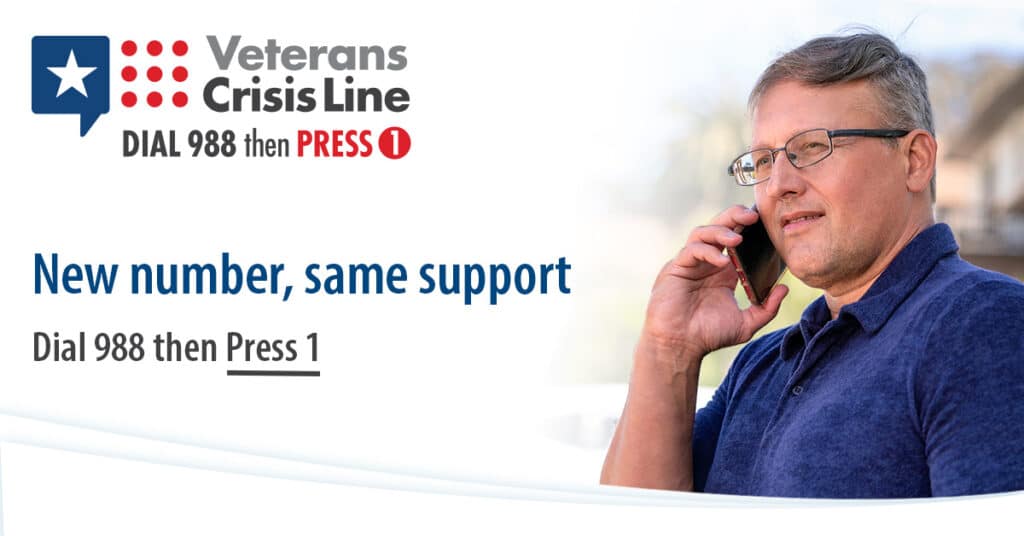EMDR: A Powerful Therapy for PTSD
September 7, 2022
Post Traumatic Stress Disorder (PTSD) is a common casualty of service members and veterans who have seen combat. When service members come home from deployment with PTSD, how they handle it can sometimes mean life or death. What many don’t realize is that there are multiple treatment options available depending on your comfort level. One of those options is EMDR (Eye Movement Desensitization and Reprocessing Therapy). This type of therapy is highly effective for most PTSD patients – especially those who deal with memories and triggers by disassociating or practicing escapism (called Dissociative PTSD).
People who have Dissociative PTSD often emotionally remove themselves from situations to the point that they experience an out-of-body experience, sometimes losing all sense of time and reality. They simply can’t deal with the emotions and images of the trauma. This type of mental block usually means they are reluctant to seek therapy for fear of having to relive the experience. This is where EMDR comes in.
What is EMDR?
EMDR Therapy is a trauma focused talk therapy that uses methods common to your brain’s cognitive processes so that as a patient, you feel calmer when processing your trauma. During the session, the patient will be asked to think about the trauma while performing a rhythmic activity. Activities commonly used involve the eyes. The therapist will ask you to follow their fingers or follow a light with their eyes or listen for a beep. This simple task connects your past trauma to normal brain function as a way to keep you grounded and calm enough to start processing the trauma.

What to Expect
EMDR is not meant to overwhelm. The healing happens over a period of sessions. Your therapist will start by guiding you through an exercise where you create a “safe space” in your mind where you can ground yourself and also where you can go any time you feel overwhelmed. This space is accessed before and after each session.
In the beginning, you’ll be asked to think about your trauma for very short periods. Those periods of time will increase each session until you are able to fully process the experience. Eventually, you will be able to access that memory or feelings towards your trauma so that you can truly get past it rather than repressing it. It’s important to know that sharing the gory details of your traumatic experience is not necessary to heal. You are simply asked to think about it for periods of time and can share what you feel (not necessarily what you see or remember).
EMDR is offered through the VA and can be a very powerful tool for treating PTSD. You can learn more about it here. Whether you choose to explore this method of psychotherapy or others, what’s important is that you seek help. If you are suffering from PTSD, having thoughts of suicide, or just need someone to talk to right away, please don’t hesitate to reach out to the Veterans Crisis Line. They are only a phone call away.



